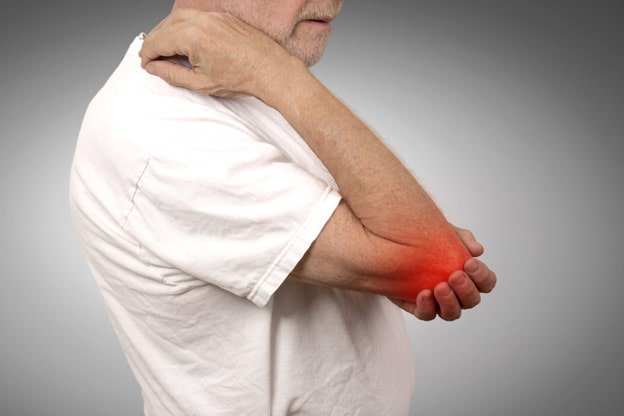
When to See a Doctor for Pain Management
Each person’s pain experience is unique. What helps some patients manage their pain might not work for everyone. Understanding Acute and Chronic Pain can help you in your treatment plan. Your treatment will depend upon answers to questions like: What is the cause of your pain and when did it begin? How intense is it? How long has it lasted? What makes the pain better or worse? These are the answers you will need to provide when discussing your pain management plan with Dr. Alla Weisz.
Identifying Whether the Pain is Acute or Chronic
In order to create your plan, Dr. Weisz will first need to find out whether you have sudden (“acute”) or long-term (“chronic”) pain. Acute pain starts suddenly and usually feels sharp. Broken bones, burns, or cuts are classic examples of injuries that cause acute pain. Acute pain is also experienced after giving birth or undergoing surgery.
Acute Pain
Acute pain may be mild and last just a few minutes or it may be severe and last for days, weeks or months. In most cases, acute pain does not last longer than 6 months, and it stops when its underlying cause has been treated or has healed. But if the problem that causes acute pain isn’t treated, it may lead to long-term, or “chronic” pain.
Chronic Pain
Chronic pain typically lasts longer than 6 months. Such pain may persist despite the fact that the injury that initially caused it has healed. It could even last for years. Some examples of chronic pain include:
- Lower back pain
- Pain caused by cancer
- Arthritis pain
- Pain caused by nerve damage
Chronic pain does not always have an obvious physical cause. It can result in tense muscles, problems with moving, a lack of energy, and changes in appetite. It can also affect your emotions. Some people feel depressed, angry, or anxious about the pain and injury coming back.
The Mayo Clinic estimates that nearly one of every four adults in the United States suffers from chronic pain. As an experienced primary care provider, Dr. Weisz employs a balanced, interdisciplinary approach to treating both the physical and psychological effects of chronic pain.
Interdisciplinary Approach to Treating Chronic Pain
Here is the step-by-step approach used:
- Understand the cause. It is essential to identify the root cause of the pain, as well as managing the pain itself. What may work well for a severe headache may aggravate pain caused by a spastic colon, for example.
- Involve the patient. At Weisz Concierge Medical, we include patients in their own pain management process, asking them to set goals, contribute to planning, and track their progress.
- Treat the pain and other symptoms. Medicines are useful tools in providing relief, but they must be used with great caution — especially when considering strong substances such as opioids, which may cause addiction and other serious side effects. Other alternative methods of coping with chronic pain may include physical therapy, massage, yoga, anti-inflammatory medicines, exercise, meditation and relaxation techniques.
- Monitor results and follow-up. You can expect regular follow-up appointments with Dr. Weisz to manage your progress, make changes to your treatment plan, and support your recovery.
By working with Dr. Alla Weisz and following a sensible pain management plan, you will be able to live a happy productive life as you together successfully deal with your acute or chronic pain.

